Marketers have a major challenge of striking the right balance between brand marketing and performance marketing. In this digital world we are under pressure to demonstrate instant results and a quick payback. However, there is also a possibility of making your brand obsolete in case you do not invest in its long-term brand identity.
Let’s break down what each one means:
- Brand marketing is all about building emotional connections, trust, and recognition over time. It’s what makes a company memorable, even when someone isn’t ready to buy right away.
- Performance marketing focuses on actions that can be measured immediately, like conversions. It uses data to get the best results from spending.
The key to success in modern marketing isn’t choosing one over the other. It’s about combining both and knowing how and when to use them.
Know More About Brand Marketing
- Top Brand Marketing Lessons from Successful Business Summits
- Brand Marketing Strategies to Enhance the Funnel
- Brand Marketing in 2025: How to Stay Ahead in a Rapidly Evolving Landscape
Brand Marketing: Building for the Long Term
Brand marketing is not about logo or color. It is how you are seen by people whenever they see your business.
The focus of brand marketing is primarily on the creation of emotions, developing credence, awareness, and memory of your brand.
And just think of the old Coca-Cola sayings Open Happiness and the red coloring of the brand. These create long-lasting emotional bonds. Or the Real Beauty campaign by Dove, which changed the perception of beauty of people. These show the power of repetitive communication.
You’ll often see brand marketing on channels like:
- TV and traditional media
- Branded content and storytelling
- Sponsorships and partnerships
- Collaborations with influencers who fit your brand’s values
Investing in brand marketing means playing the long game. You’re planting seeds today for customer loyalty and preference in the future.
Performance Marketing: Getting Quick Conversions
Performance marketing is all about immediate action and clear measurement.
Its focus is on trackable numbers like CPA (cost per acquisition), ROAS (return on ad spend), and CTR (click-through rate).
Some common tactics include:
- Paid search (like Google Ads)
- Social media ads (on platforms like Facebook and Instagram)
- Affiliate marketing programs
- Retargeting campaigns for people who didn’t complete a purchase or left your site
The benefits of performance marketing are:
- You can measure ROI clearly and in real-time.
- It allows for quick changes and testing.
- It directly impacts sales and leads.
However, there are also some downsides:
- It often doesn’t consider the long-term value of your brand.
- If used alone, it can lead to competing on price.
- It might make it harder to stand out from competitors.
Performance marketing gets results today. But without a strong brand, long-term growth is hard to keep up.
Why You Need Both and How to Find the Right Balance
Research suggests a 60/40 rule, made popular by Les Binet & Peter Field: Put about 60% of your marketing budget into building your brand and 40% into performance or activation campaigns for the best growth.
Why combine them?
- Brand marketing makes performance marketing more effective. People are more likely to click or buy when they remember and trust your brand.
- Data backs this up: Strong brands generally see higher click-through rates, more efficient ads, and customers who are more willing to pay a bit more.
The first issue is that the measures we use tend to be biased towards the most recent activity of a customer, and it is challenging to demonstrate the worth of brand investments to the leadership. Evidence of lasting effects requires time and examining various kinds of measures.
How to Bring Brand and Performance Together
A good strategy combines both approaches:
- Consistent Messaging: Make sure every campaign, whether it’s for awareness or sales, uses the same look, values, and voice.
- Brand Stories in Performance Ads: Use creative, story-driven content in your digital ads to grab attention and increase engagement.
- Branded Content for Performance: Sponsored articles, influencer videos, and creative partnerships that entertain or inform can boost engagement, shares, and website visits.
- Measurement: Keep an eye on both how your brand is perceived and your performance numbers to get a full picture of the impact.
Real-World Examples
Success Story: Airbnb’s Balance
When their performance returns started to dip, Airbnb shifted from just digital customer acquisition to strong brand storytelling (like their “Belong Anywhere” campaign). This led to greater brand awareness and better long-term ROI.
A Common Pitfall: Relying Too Much on Performance
Some direct-to-consumer brands grew quickly thanks to paid social media, but they struggled when ad costs went up and they didn’t have much brand loyalty. Without ongoing brand investment, customer turnover increased, and long-term profits suffered.
Final Thoughts
For sustainable growth, you can’t afford to overlook brand marketing – you need it. Creating your brand makes your marketing better, locks in customer loyalty, and allows you to recover from setbacks. Marketers should always keep their eye on and adjust their brand and performance mix in response to changing business needs.
Partner with HT Brand Studio
Ready to discover your winning formula? HT Brand Studio combines impactful brand marketing with measurable performance strategies.
We offer:
- Creative strategy guided by data
- Compelling storytelling
- Distribution on India’s top media platforms
Let us help you build a brand that truly performs. Get in touch with us
Frequently Asked Questions
What is brand marketing and how is it different from performance marketing?
Brand marketing focuses on building long-term emotional connections, trust, and awareness among your audience. It's about how your business is perceived, not just the logo or tagline. On the other hand, performance marketing is about driving immediate, measurable results like sales or clicks. While brand marketing nurtures loyalty, performance marketing delivers quick ROI.
Why is brand marketing important in today’s digital world?
In a landscape filled with short attention spans and rising competition, brand marketing helps your business stand out. It creates a lasting impression that can influence buying decisions long after someone sees your ad. A strong brand increases customer trust, improves campaign efficiency, and supports long-term growth.
Can I rely only on performance marketing to grow my business?
You might see short-term wins using only performance marketing, but without investing in brand marketing, it becomes harder to retain customers, differentiate from competitors, or justify premium pricing. Over time, performance results may decline if there's no strong brand foundation to support them.
What’s the ideal balance between brand marketing and performance marketing?
Experts suggest the 60/40 rule: Allocate about 60% of your marketing budget to brand marketing for long-term growth, and 40% to performance marketing for short-term results. This blend ensures you're not just chasing conversions but also building a lasting brand identity.
How do I measure the success of brand marketing efforts?
Unlike performance marketing, brand marketing requires a different approach to measurement. Look at metrics like brand awareness, share of voice, brand recall, and customer sentiment. Over time, a strong brand also leads to better engagement rates, lower acquisition costs, and increased customer lifetime value.
Ready to take your brand to the next level? Connect with us today to explore how HT Media can amplify your presence across our diverse portfolio of 25+ brands and properties. Let's turn your brand vision into reality!

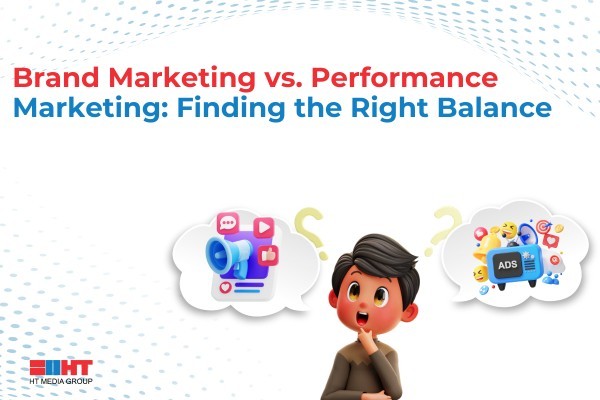


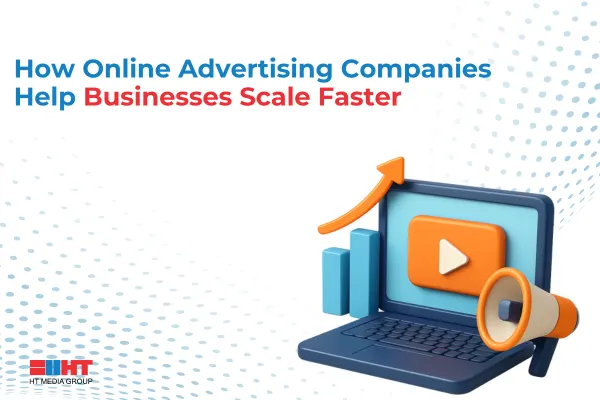
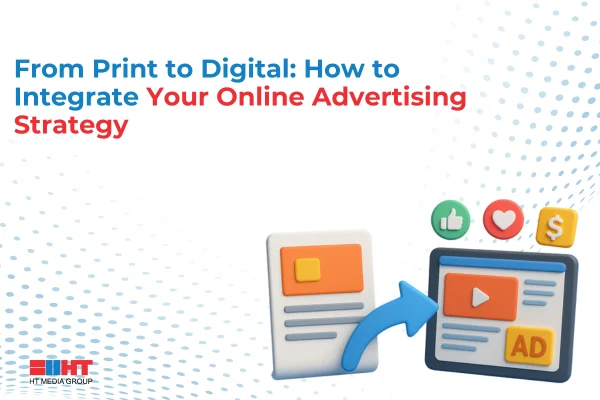
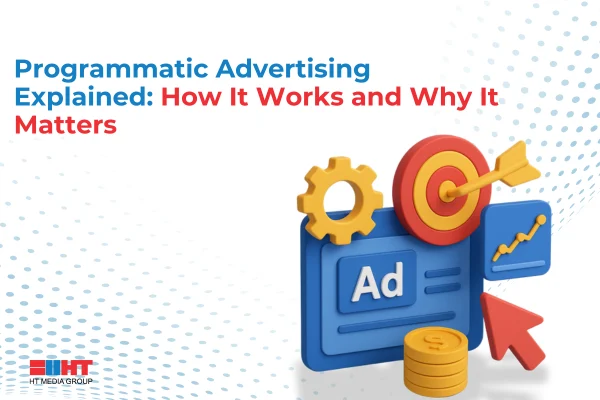
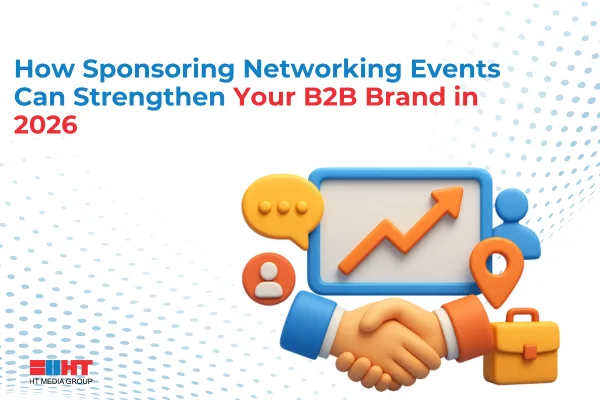
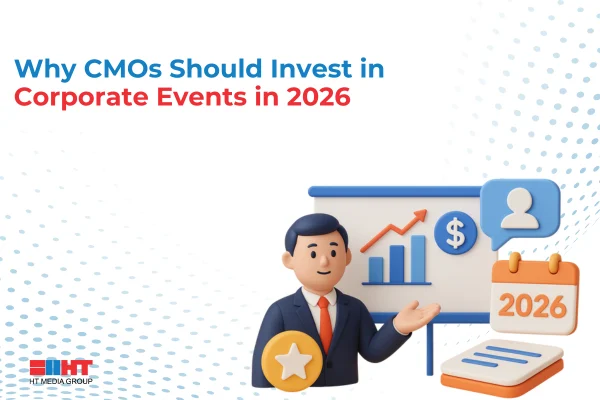
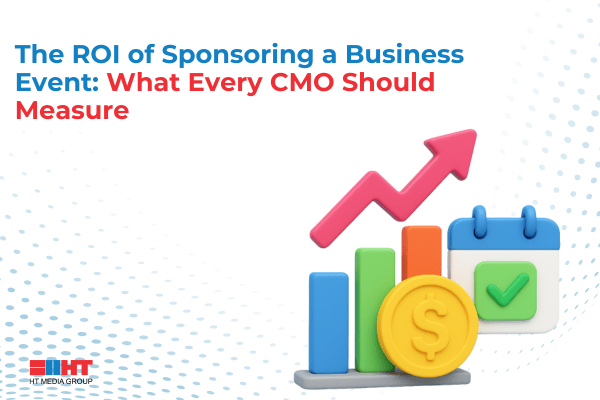


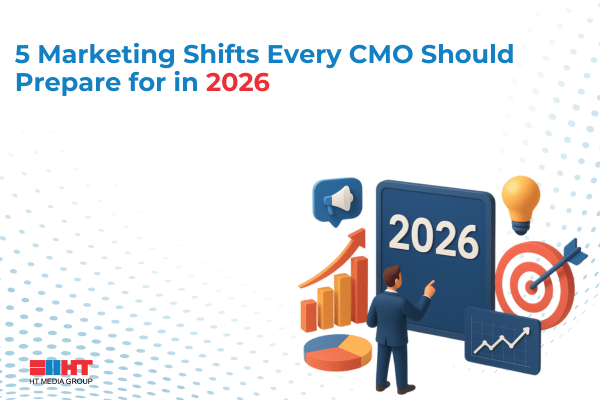
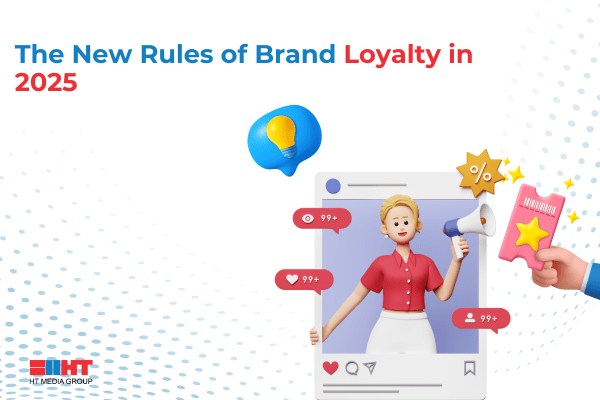
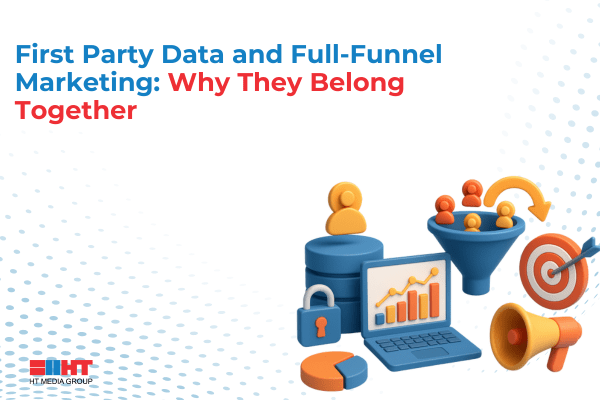
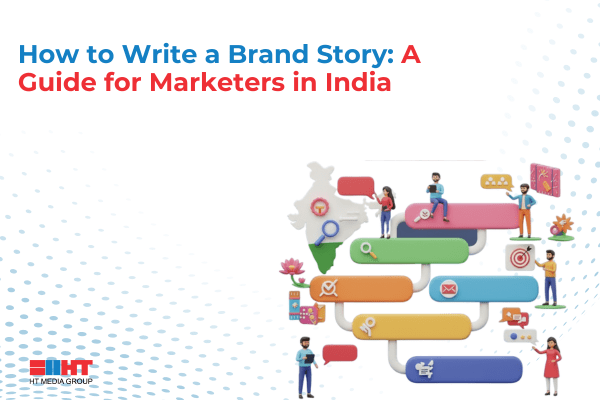

Comment